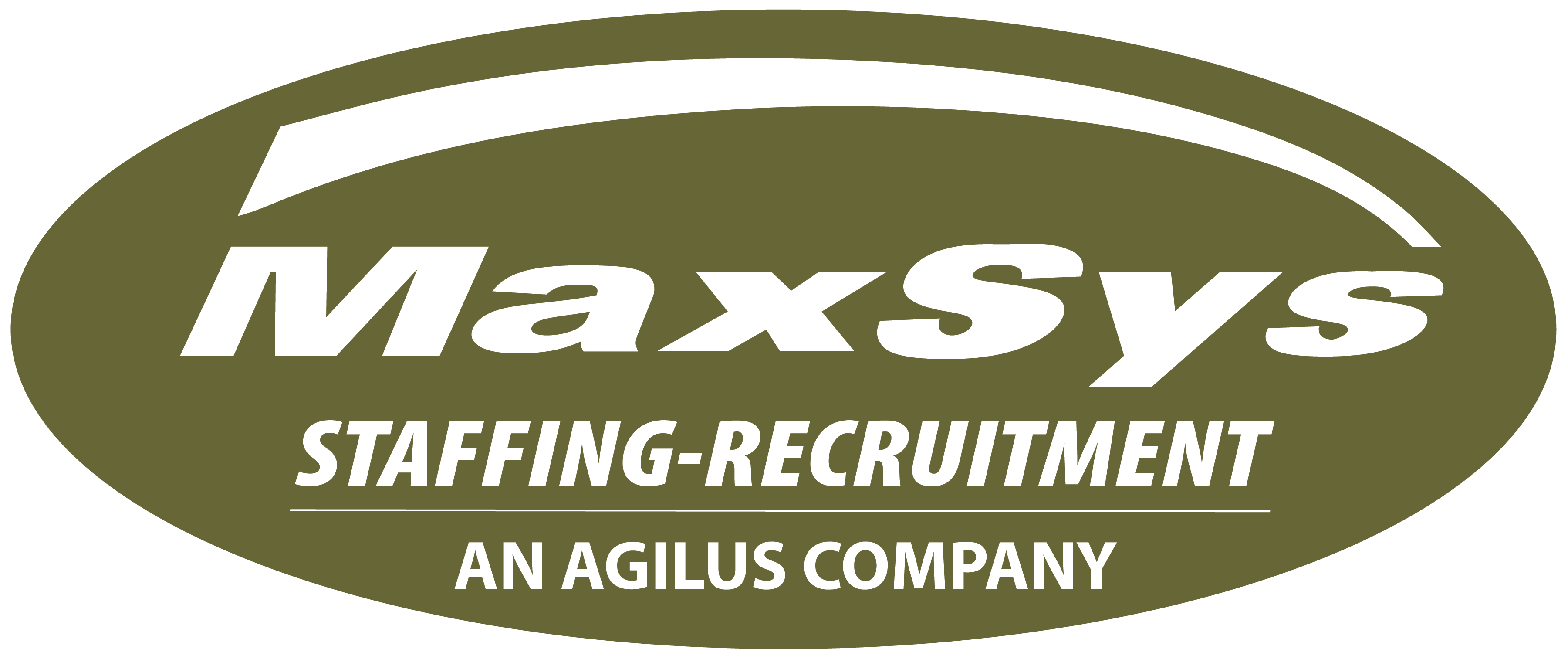August 16, 2021
5 Tips on Implementing a Strategic Plan
You’ve done the hard work of creating a strategic plan for your business. Now what? If your company is like many others, the plan will sit on a shelf, ignored.
The phenomenon has a name: Failure to implement. It’s like having a roadmap to your destination, but never getting in your car to drive there. The problem could be lack of time, support, or resources for carrying out initiatives, or no follow-up to make sure the progress stays on track.
Initiatives in the strategic plan are often seen as outside everyone’s day-to-day work. Management has to reinforce the message that the strategic plan is part of the day-to-day work. Here are five tips for implementing a strategic plan:
1. Allocate adequate resources
Adequate human and financial resources are critical for implementation success. A key output in strategic planning is an action plan that lists concrete initiatives to achieve your goals. It includes a timeline, the names of employees who will carry out each action and key performance indicators (KPIs) to monitor progress.
An appropriate budget should be allocated for each initiative, along with time, support, authority and any needed training for employees to accomplish it. Some companies make the mistake of thinking that once they have a strategic plan, they don’t need to spend any additional money on executing it.
2. Assign the team responsible for implementation
The strategic plan should list which employee will carry out and take responsibility for each initiative, along with who else will provide support or be involved.
It can also be helpful to appoint champions for key initiatives; they can act as change agents in their department and as a point of contact for other employees. A champion can be someone listed in the strategic plan or another employee.
Also consider whether you need outside help to implement or support certain initiatives (for example, an operational efficiency expert or website designer), or even a coach to support the entire strategic plan.
3. Schedule regular review meetings
Regular meetings (monthly is typical) are essential to the successful implementation of the strategic plan. They provide an important mechanism to monitor progress, recognize achievements, resolve problems and take any needed corrective actions. A more thorough review is useful each quarter; this is a good time to see if your broader goals need to be revised and any tactics need to be changed.
Ensure meetings are productive and effective by setting an agenda and making them action-oriented and efficient.
4. Watch your key performance measures
Your strategic plan should include key performance indicators (KPIs) for each initiative. These may be measures for individual employees, departments and the business as a whole. You must keep a constant eye on the KPIs, reviewing them at meetings and in between. This can be monitored by a suitable KPI dashboard. The right metrics are critical for driving the desired actions, behaviour and results.
5. Be agile and ready to adjust
No plan survives the first contact with reality. It’s important for your implementation plan to be agile and flexible. You can’t predict the future exactly, so be prepared to adapt and adjust the plan as conditions change internally and externally. You have to recognize that executing the plan is interactive and requires continuous adaptation, all focused on moving the needle toward your desired future state. A strategic plan is a living, breathing document.



